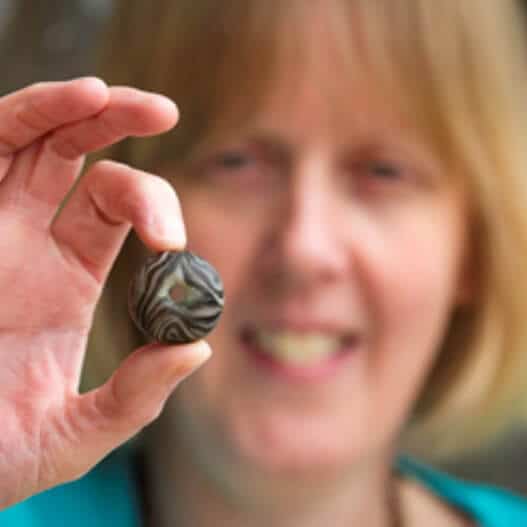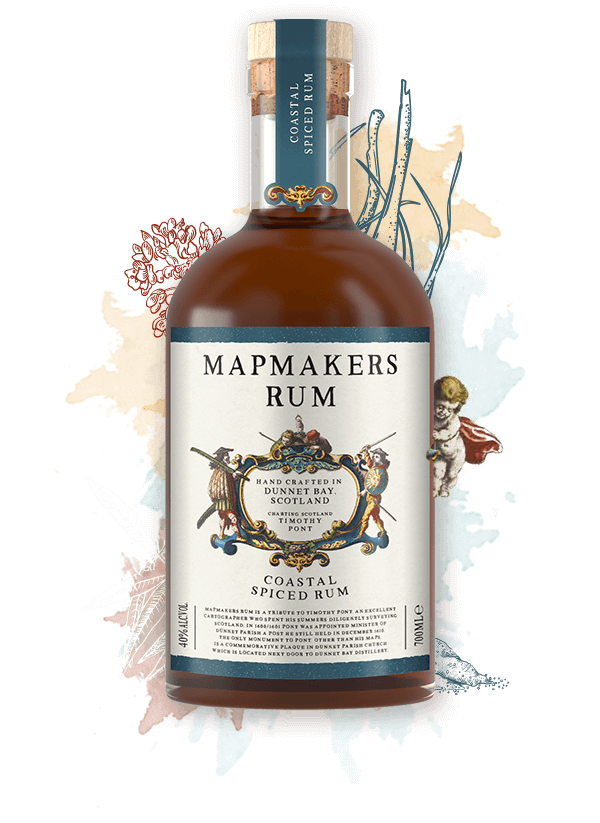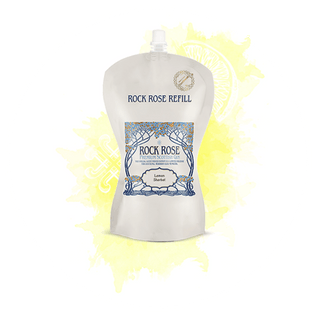This month our Beautiful Botanicals post is all about oarweed (kelp)! Oarweed (Laminaria digitata) also known as ‘Sea Ribbon’ and ‘Sea Girdle’ is a large conspicuous sea kelp growing between 2–3 metres in length. It is commonly found at low water during spring tides on rocky shores attached to bedrock or another suitable hard substratum and in rockpools. Oarweed is found in cold North Atlantic and Arctic oceans. It grows naturally along most British and Irish coasts and in the North Sea, along the Scandinavian coasts. Oarweed flourishes in moderately exposed areas or at sites with strong water currents like those found around the coast of Caithness.
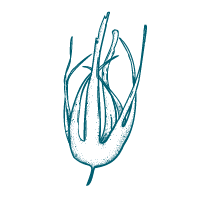
Oarweed as medicine?
During the 18th century oarweed was burnt to create potash for the glass industry. In the 19th century it was discovered that oarweed was rich in iodine and it was widely used as a supplement for under-active thyroids and the treatment of goitre. Since the 18th century oarweed has been used as a fertiliser. The botanical is still used as an organic fertiliser today and within the alginate industry for the extraction of alginic acid. Alginic acid is a polysaccharide found within plant cells and when combined with water forms a viscous gum. In an extracted form alginates can hold 200–300 times their own weight in water. Alginates are used widely throughout the pharmaceutical, medical and food industries – with uses ranging from the manufacture of toothpaste and indigestion remedies; the manufacture of paper and textiles; the waterproofing and fireproofing of fabrics; the manufacture of dressings for burns, and to thicken, emulsify and stabilise foods – such as drinks, ice cream, and jellies. In March 2010, researchers at Newcastle University found that alginates can reduce human fat uptake by more than 75%. Therefore, oarweed is now widely used in the weight loss industry as an appetite suppressant. Historically, the dried stalks of oarweed were using in traditional medicine as an abortifacient and for mechanically inducing labour.
The botanical with fingers!
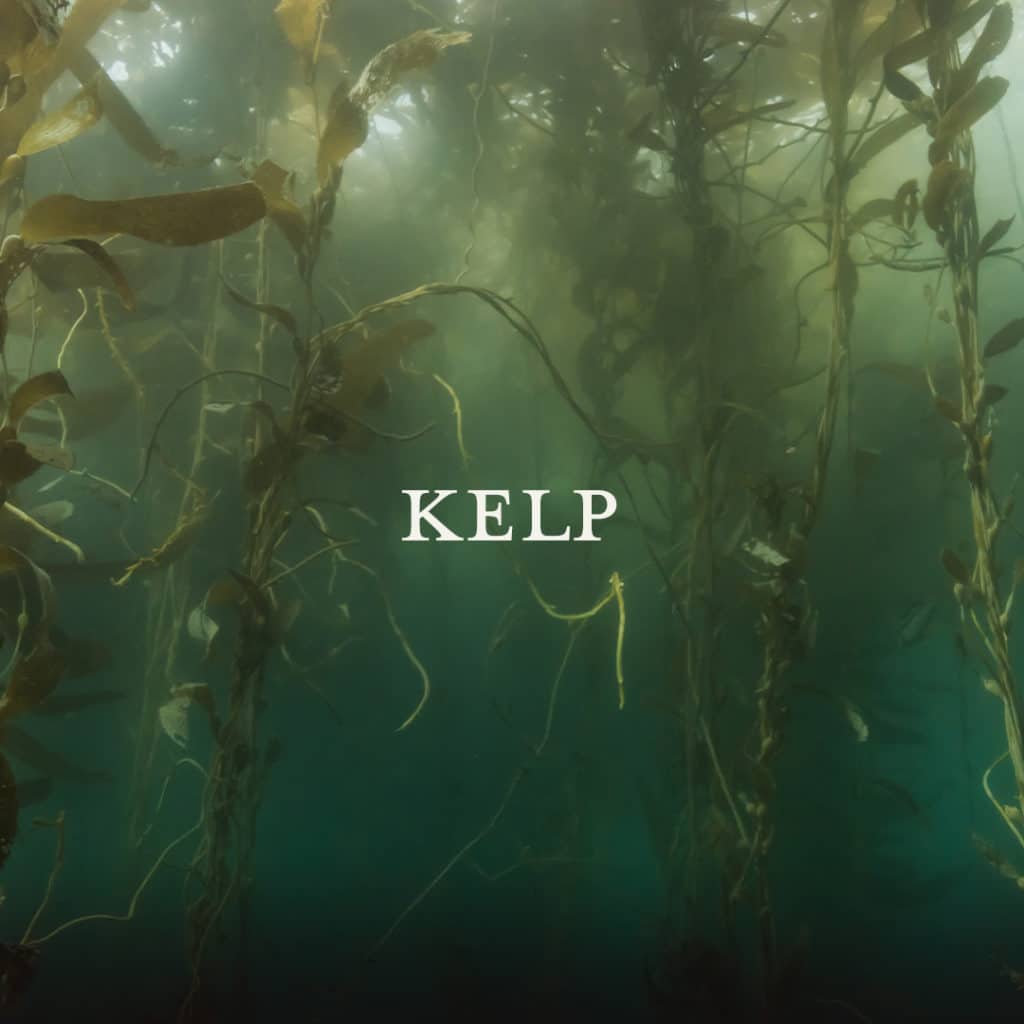
The frond of this beautiful botanical is broad, leathery, digitate, glossy, and deep brown in colour and lacks a midrib. The blade is large and shaped like the palm of a hand with a number of more or less regular finger-like segments. In fact, the first part of botanical’s scientific name Laminaria comes from the Latin lamina, meaning ‘blade’, and refers to the blade of the oarweed.
The second part of the scientific name digitata derives from digitus, which means ‘finger’ in Latin, and refers to the finger-like segments on the blade of the botanical. The stipe or stalk of oarweed is oval in cross section, flexible and smooth. Oarweed is attached by freely branched haptera – an outgrowth or swelling of the stem – which spreads out to form a shallow dome-shaped holdfast. These haptera which fix the botanical to rock have a number of spreading root-like protrusions called rhizoids.
Oarweed which can be harvested from May to November adds subtlety salty umami and iodine rich flavours to food. Oarweed can be wrapped around a filet of white fish and cooked en papillote for a super juicy and flavoursome treat. In Japan and China – oarweed – is used as the base for dashi – an Asian style stock for soup. Oarweed can also be finely milled and used as a natural lower-sodium replacement for salt. In rum manufacture oarweed is used to add an oceanic umami flavour to the spirit.
Oarweed (kelp) harvested by Shore Seaweed is used in Mapmaker’s Coastal Spiced Rum.



